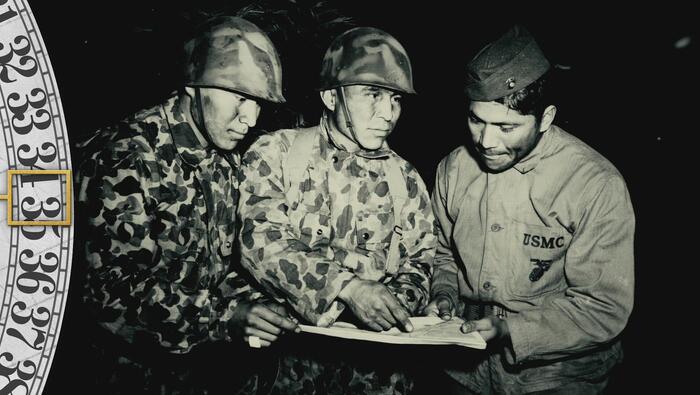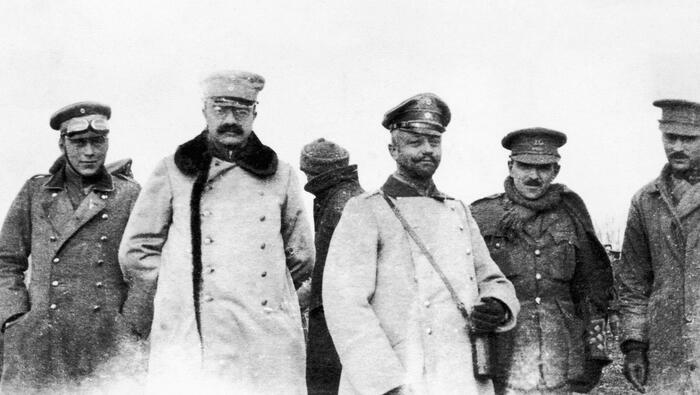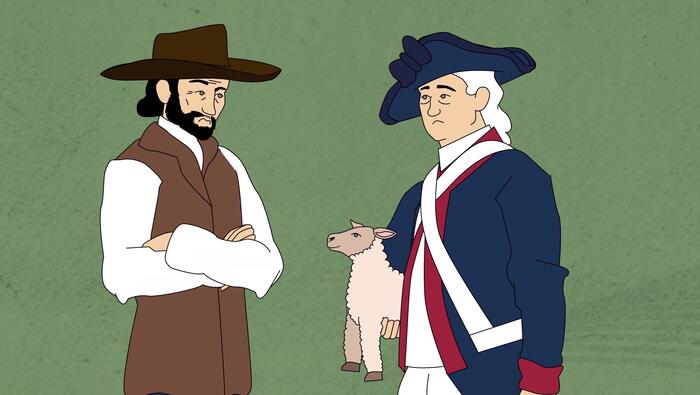Collection
Veterans Day
What does it mean to serve in the U.S. military? Explore the diverse stories of soldiers throughout American history.
What does it mean to serve in the U.S. military? Explore the diverse stories of soldiers throughout American history.






There are no items in your cart